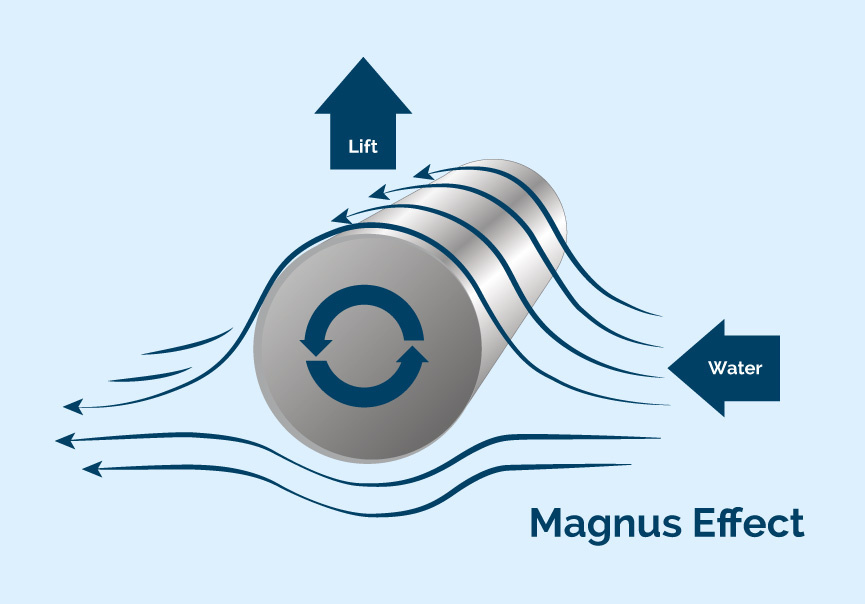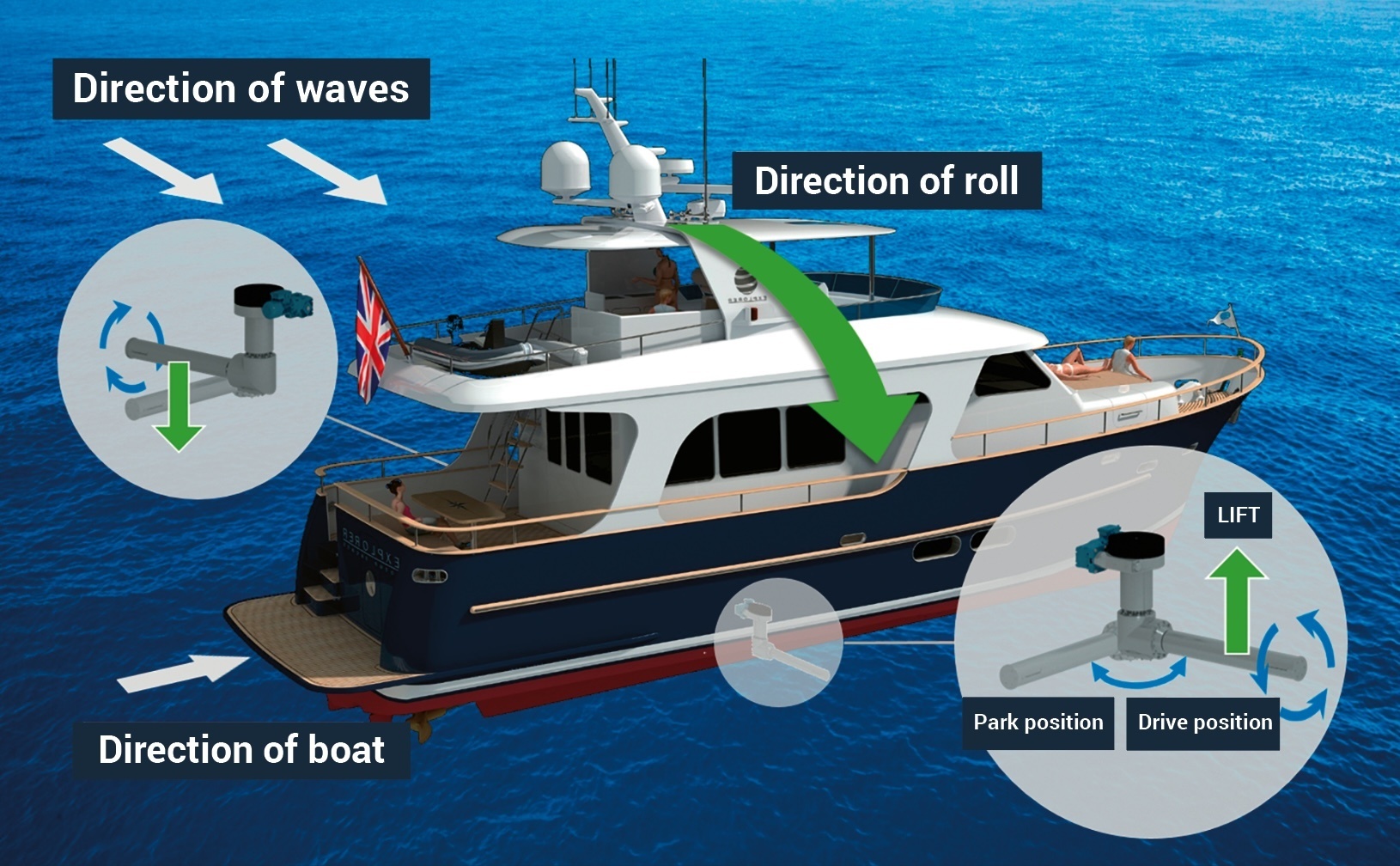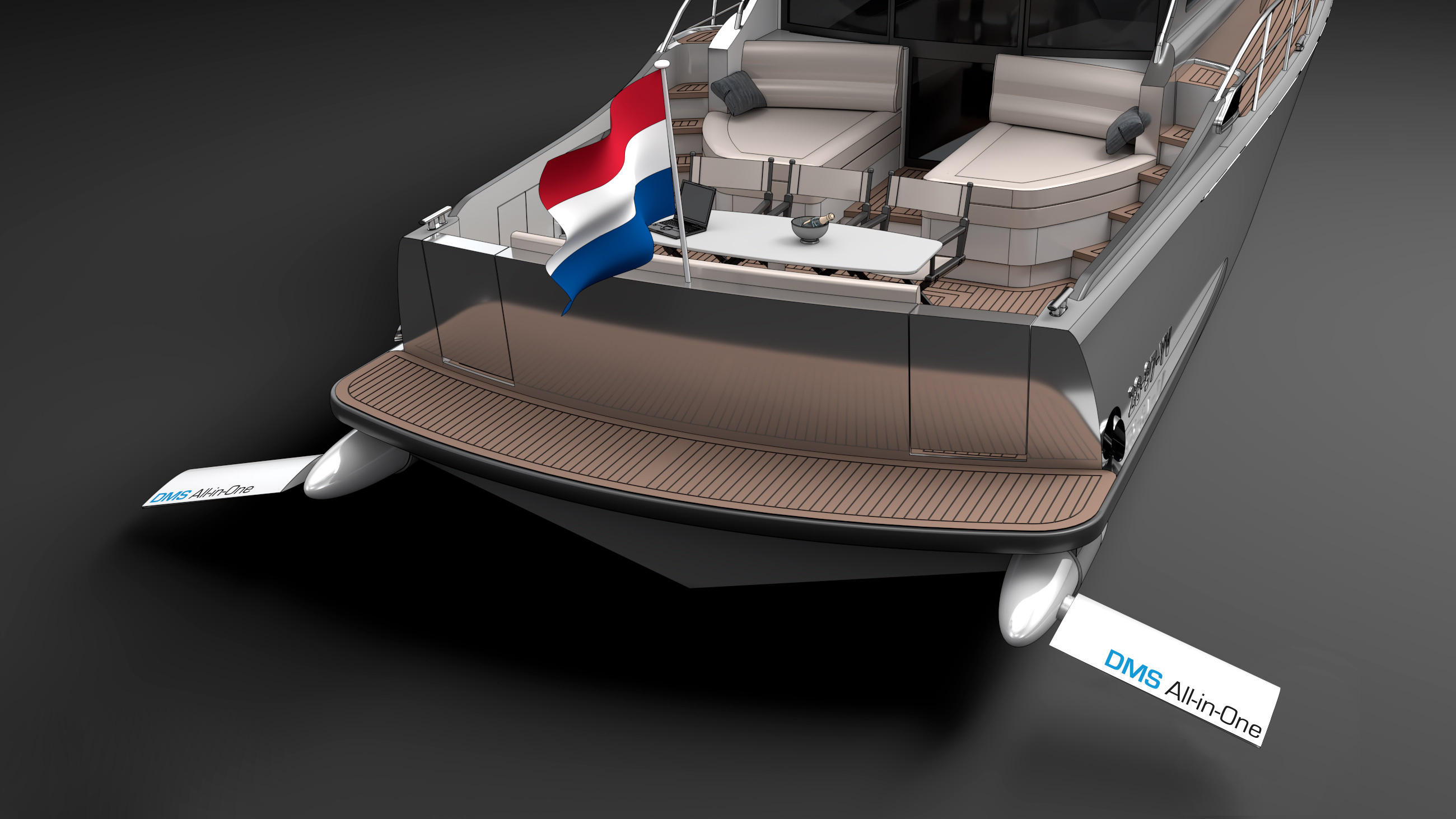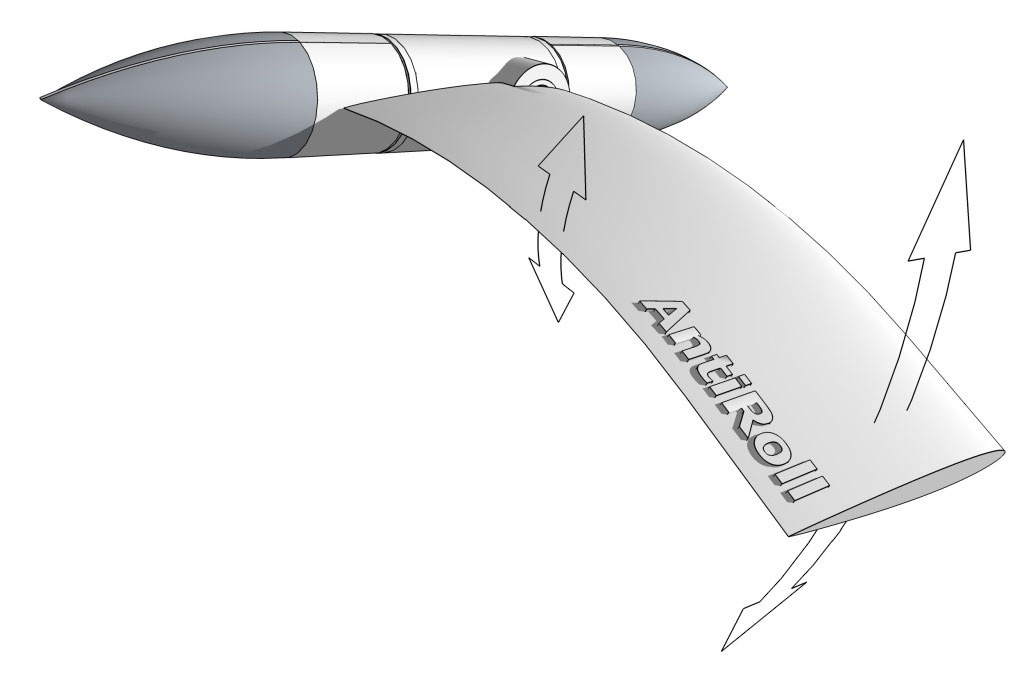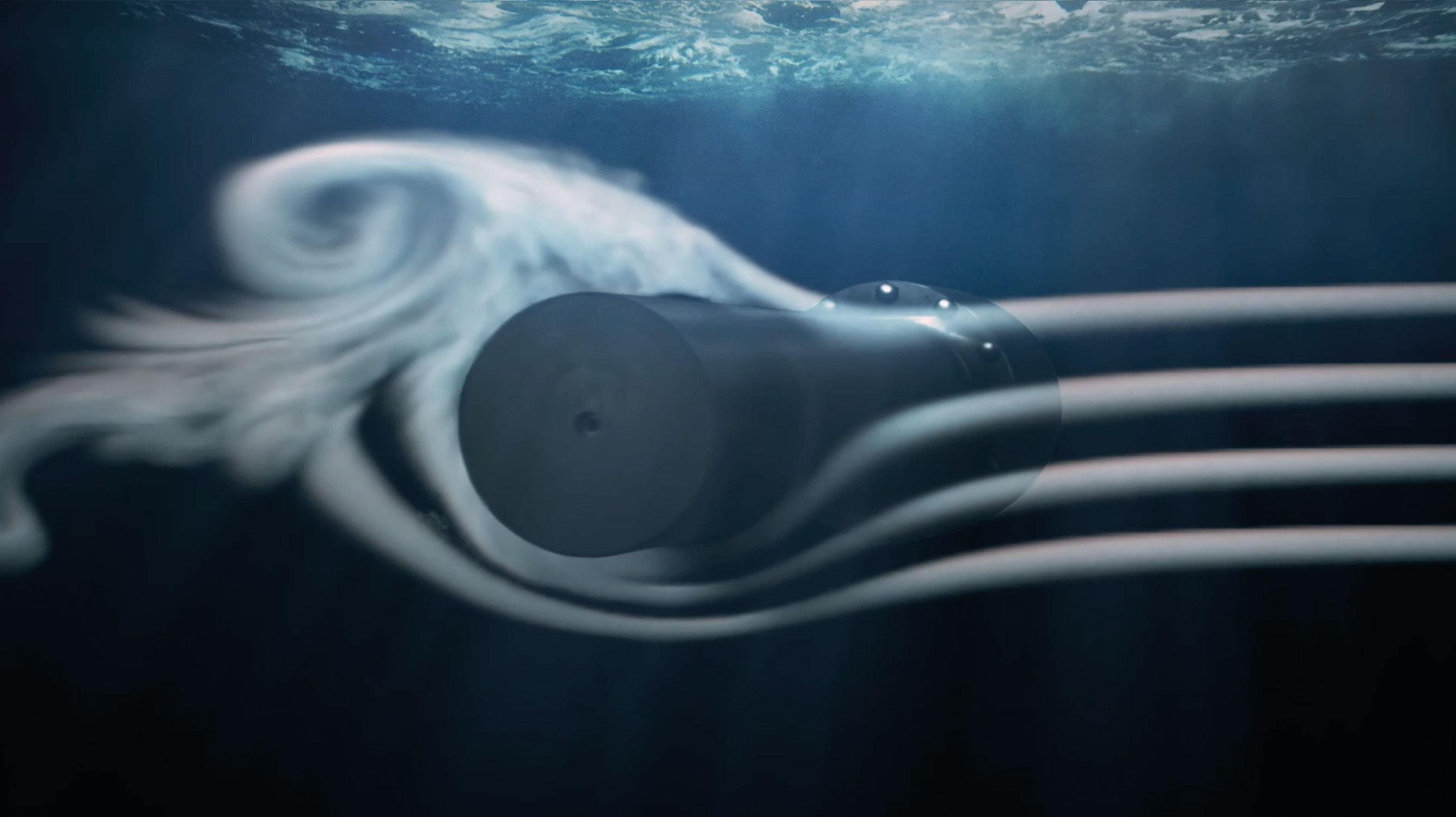
How does the Magnus effect work?
The Magnus effect is the name given to the physical phenomenon that affects the trajectory of a spinning object in liquid or air. It is a combination of different effects, including the Bernoulli effect and the formation of boundary layers in the viscous medium around the moving object. It is named after the German physicist Heinrich Gustav Magnus. He experimentally investigated the phenomenon in 1852 and in doing so, explained the trajectory deviation that occurred to spinning bullets. In 1877, Lord Rayleigh drafted a theoretical explanation to explain the trajectory of tennis balls with “spin”.
A fast rotating and fast linear moving object creates a kind of vortex of rotating air around it and behind it, creating a difference in pressure on the opposite sides. On one side of the object, the vortex moves in the same direction as the air flow. On the other side, the surface and the air ‘clinging’ to it, move against the linear airflow. The air pressure becomes lower than the atmospheric pressure by a factor proportional to the square of the speed and there will be an effective force perpendicular to the direction of movement. It resembles the behavior of an airfoil in a laminar air flow.
